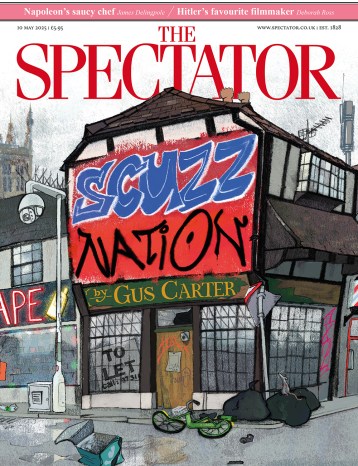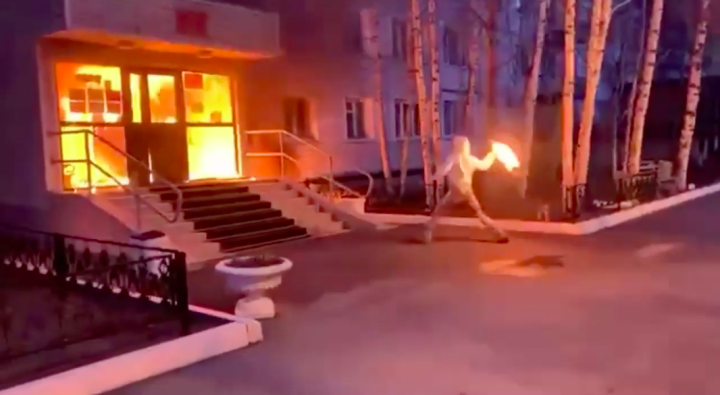The last twelve months or so in the post-Soviet sphere have been, among other things, the year of the Molotov Cocktail. Who can forget those clips, amidst the outbreak of war last February, of Ukrainian women calmly packaging up bottles with petrol, rags and grated polystyrene, as though at a local sewing bee? Or of the boxes of Molotov cocktails loaded up for different areas, as if they were cases of Beaujolais Nouveau? In the recent protests in Tbilisi, Molotov cocktails also featured prominently, in battles between protesters and police.
But less well known is the resurgence Molotov’s DIY incendiary bomb has enjoyed in Russia of late. They have been used, in the main, to attack military registration and enlistment offices and associated buildings – to stymie the recruiting process, destroy military files, or simply vent the uncontrollable anger some citizens feel about the direction in which the Kremlin has wrenched their country.
These people feel they are expressing a wider hostility to Putin’s war
Since February 24th 2022 there have been at least 93 documented, war-related arson-attacks in Russia.

Britain’s best politics newsletters
You get two free articles each week when you sign up to The Spectator’s emails.
Already a subscriber? Log in






Comments
Join the debate, free for a month
Be part of the conversation with other Spectator readers by getting your first month free.
UNLOCK ACCESS Try a month freeAlready a subscriber? Log in